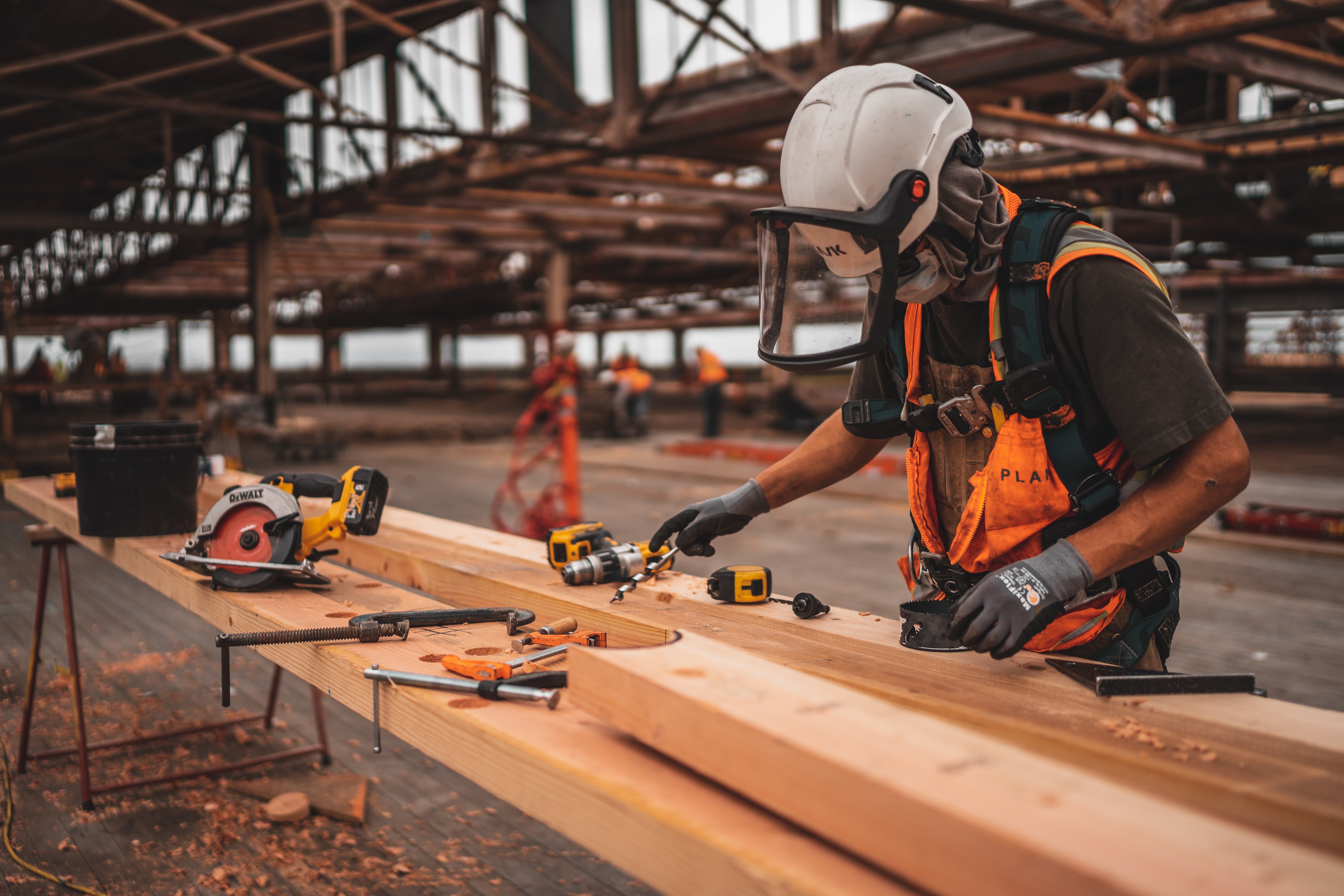
How Can The Carpentry Industry Emerge Stronger After Covid-19?
The contrasting fortunes of businesses in the midst of the Covid-19 pandemic could not have been harsher. While some industries have thrived, their success driven by global demand for luxury products such as al fresco dining furniture and gaming consoles, others have been crippled by lockdowns, plummeting sales, and supply chain bottlenecks.
How Covid-19 Put Carpentry On The Backfoot
The carpentry industry, like construction as a whole, has suffered badly, with most businesses forced to cancel lucrative carpentry projects. While many sectors have been able to insulate themselves by taking emergency measures, such as homeworking, construction has proved to be vulnerable to the extensive collateral damage of the virus, including:
- National lockdowns, causing ‘non-essential’ building projects to cease overnight.
- Global shortages of materials, particularly wood.
- Travel restrictions that have affected the movement and migration of workers.
- Social distancing and new site operating procedures.
- High staff absence due to Covid-19 symptoms or self-isolation instructions.
- A collapse in demand, followed by a surge in orders as restrictions were lifted.
Unsurprisingly, this perfect storm of problems has hit profitability in the construction industry hard, with over 70% of businesses in one survey reporting a decrease in turnover.
Rebuilding Business In The Post-Pandemic World
Despite the construction sector’s volatility, the good news is that most carpentry firms express growing certainty about the future, particularly their ability to thrive in the post-pandemic world, with the following reasons bolstering confidence:
Covid compliance is high: while the transmission of the virus remains a potent threat, construction companies are adept in implementing safety measures on-site without extensive disruption to day-to-day operations, keeping projects on track and profitable.
Staff absence is low: the lifting of travel restrictions, the nationwide vaccination programme, and the end of the furlough scheme has resulted in a greater availability of carpentry contractors, ensuring that lucrative projects are back on schedule.
Demand for carpentry is soaring: after extended lockdowns in which construction work ground to a halt, the rebound in terms of demand for carpentry and joinery services was inevitable. As the Government’s First Homes initiative, which is due to deliver one million new homes during this Parliament, kicks in, demand for skilled commercial carpentry contractors is certain to be high.
Building Resilience For The Future
So, what steps can commercial carpentry contractors take to shape a resilient future in the industry?
- Accelerate digitisation to support remote collaboration during design, planning, distribution, and construction.
- Upskill the workforce to harness the most up-to-date tools and technologies.
- Improve supply chain resilience by acquiring inventory, creating backup supply channels, and recruit skilled carpenters to replace subcontractors.
- Deploy resources and capital appropriately to target high-growth or lucrative areas.
- Increase the use of off-site assembly to reduce costs, increase productivity, and display a greater commitment to sustainable practices.
SC4 Carpenters: The First Choice For Every Building Project
At SC4 Carpenters, we’re ready to embrace the new normal, so if you’re searching for a professional, highly skilled, and reliable team for a construction project, get in touch on 0330 912 1154 or send us a message here.
Image Source: Unsplash
Click on the categories below to find out more about:

Connect with Us
Share this Page
More Posts
Recent Posts
- Celebrating Neurodiversity in Construction
- How to Encourage Women into Construction
- The Triple Threat To Contractors And Their Housing Projects
- SC4 and Lovell host 30 carpentry students
- Improving Safety And Wellbeing For Women In Construction
- Timber Tales: Exploring The Art And Science Of Timber Construction